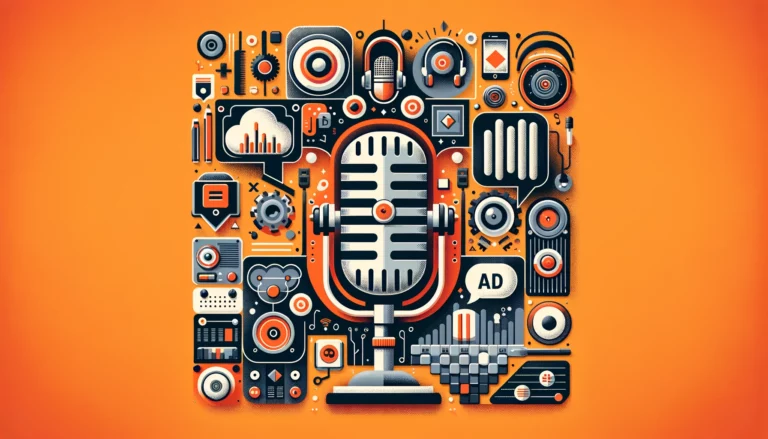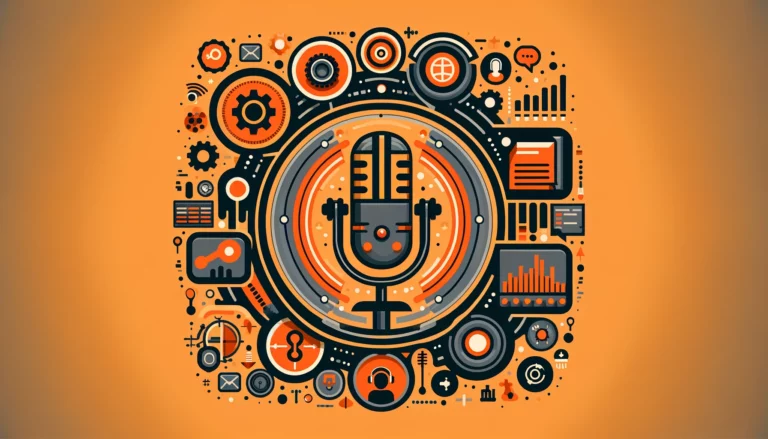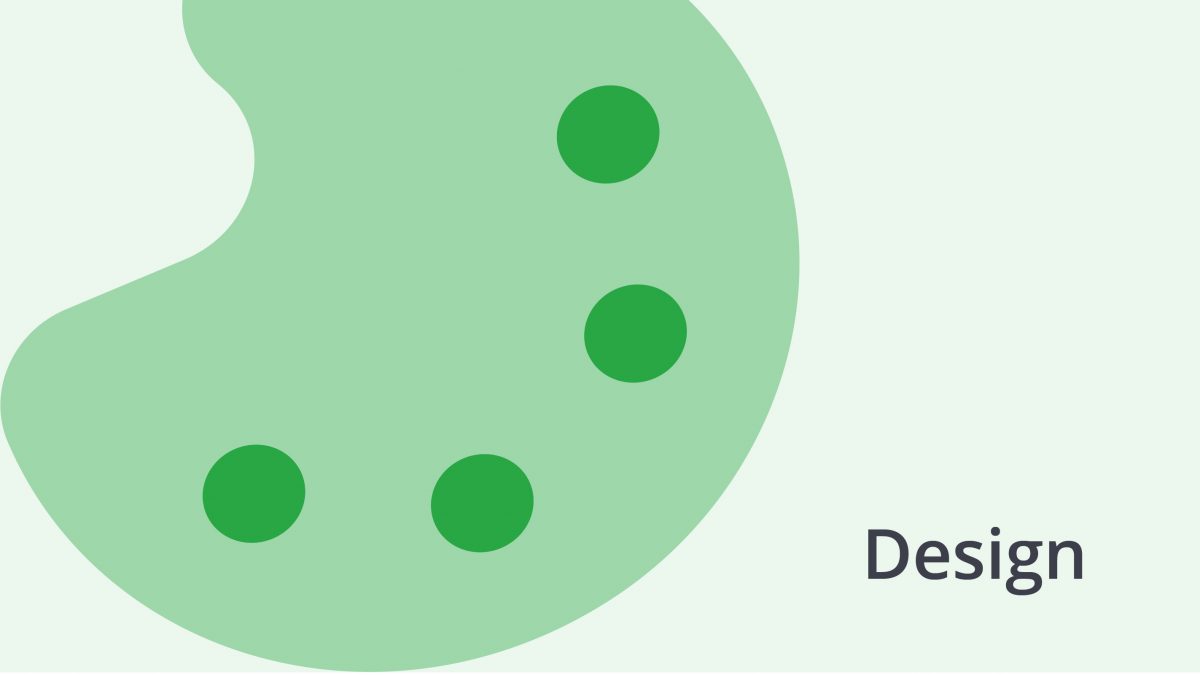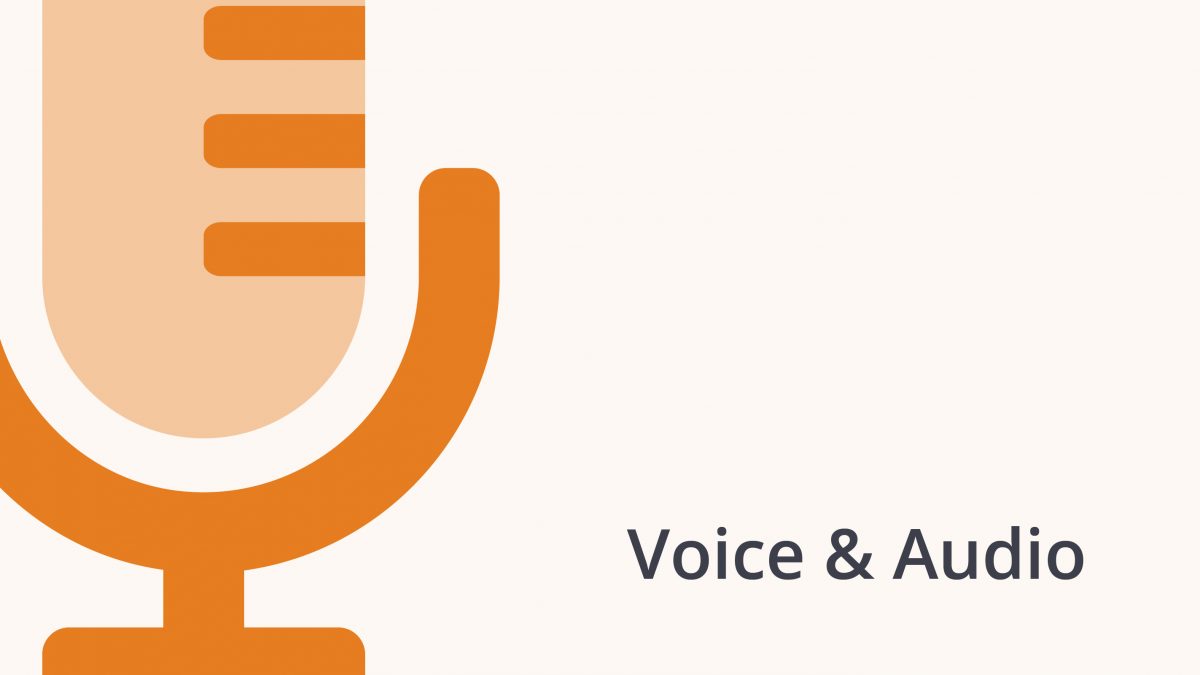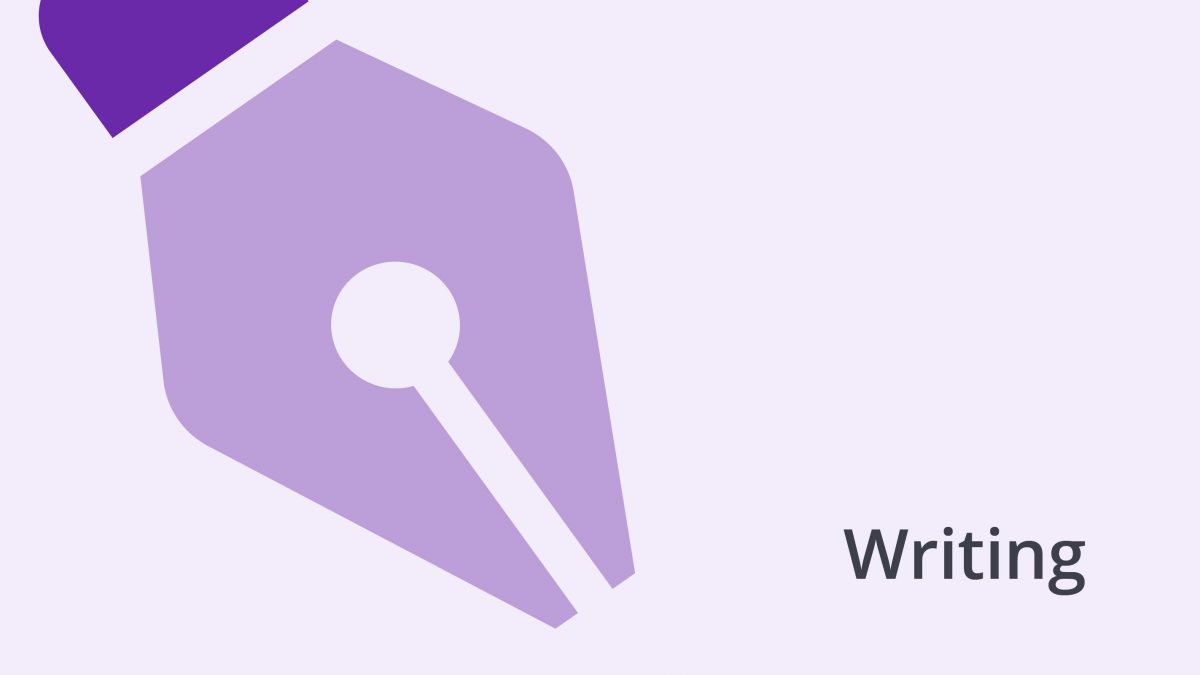What is tone in writing? Writers often find themselves asking this question while they try to figure out their own voice. Tone plays a big part in not only the message you are trying to share, but also how your audience will react to it. The tone can be sarcastic or sincere, creative or clear, assertive or agreeable. In fact, the same piece can be written in different tones and take on whole new meanings. So let’s find out all about tone in writing and how to find your author’s voice (or at least know what tone your work should take).
What exactly is tone?
Ahhhh, literary tone.
We often refuse to accept an idea merely because the tone of voice in which it has been expressed is unsympathetic to us. – Friedrich Nietzsche.
and this one…
All you have to do is write one true sentence. Write the truest sentence that you know.
― Ernest Hemingway
Nietzsche tells us that the more sympathetic a tone is, the better it will be received. Think about that when appealing to an audience. It doesn’t mean you have to be sympathetic to everyone and everything, but it’s important to gear your tone to your audience. If you are working on a sales pitch or product description, be sympathetic. Know your audience’s needs and work with them.
As Hemingway shares, be honest. Write the truth. People are smart and will know if they’re being snowed, so if no matter what you are writing, write truth. That means to speak from the character, the situation, the setting. Be believable.
So again, what is tone in writing?
Masterclass shares that when you look at tone in literary terms, it relates to the mood that an author’s word choice implies, as well as how the work can make the readers feel. Tone is not simply word choice, but it’s also the structure, literary devices, and the words a writer chooses. Think about how we often hear classic stories retold from other points of view. The tone changes. The story changes. The reception of the work changes.
Think about this other example. We hear a story of a date night from both people on that date. One had a great time and thought the other did, too. She writes her version from cloud 9, her tone is romantic, glowing, and light-hearted. The other person on the date writes his version. However, his comes from a truth that he couldn’t wait for it to end but didn’t want to appear mean or rude. His story may have impatience, boredom, even sympathy. It’s the same event, but the tone of the story will make the reader feel very differently.
Remember, tone is the author’s attitude. It’s not something like spooky or scary – that’s mood. It’s rather intense, angry, scared.
Here are some words that may help us describe tone:
- arrogant
- concise
- dry
- excited
- persuasive
- joyful
- nostalgic
- humorous
- angry
- cheerful
- playful
- intense
- inspirational
- sincere
And when creating a piece of writing, these have a great deal of influence on how the audience will receive the piece. So there are two important elements to determine when deciding on tone – the purpose of your piece and the audience you want to appeal to.
The purpose of your piece and tone
Any piece you write or have written for you will have a tone. It’s up to you to determine the tone. Part of that depends on the purpose of your piece. Is it instructional, informative, informational, marketing, creative..? Any of these could have a number of different tones. Here are a few scenarios:
- An instructional piece should have a knowledgeable, strong, confident tone. The piece should be able to convey knowledge in a subject and impart it in a teachable way.
- A persuasive piece should have a strong, confident voice as well, but will be an opinionated, credible, and powerful tone. if you’re trying to encourage your readers to do something, you need to reach them in a powerful way.
- For sales and marketing, the tone has to express that the audience needs what you’re offering and that it is the best choice. This could be a compassionate tone, an understanding one, an eye-opening one, and, for sure, a relatable one.
- Creative pieces can have a variety of tones, look at all the genres of work out there now. Whatever the author is trying to express, that’s the tone the work should take.
The audience for your piece
Now that you have the purpose, who is your audience? When you’re marketing to Millenials, you probably want a friendly, warm, empathetic tone. When your audience is an older generation, you should take one of respect, dignity, and compassion. If moms are your audience, show your support and understanding through tone.
Using the correct tone in writing helps share the purpose of the piece and appeal to the audience. It also delivers the message. Think about writing a scary story. If your tone is lighthearted and carefree, it’s not going to resonate as a horror story. The tone tends to set the mood, and if you want to scare your readers, you’ll need that suspenseful, dark, maybe even creepy tone to your work.
The audience also responds to tone. If your audience is a teenage crowd, a tone that appeals to that age group will get your work across. You can see that the subject isn’t necessarily what you should go off of to decide on your tone. The audience and purpose have more effect. A YA thriller about suburban families told from a teenager’s point of view will take a different tone than a documentary about the suburbs geared towards city planners. So it’s not about the suburbs, it’s about the purpose and the audience.

What is the difference in tone and mood?
We mentioned tone and mood; though they often get confused, they are very different elements. We’ve talked about tone, that it’s the writer’s attitude, insight, and the way they write. Tone may be the author’s own personal view or one written through a character. For instance, a writer can impart their attitude through the tone in a work. The mood, on the other hand, is the feeling the reader gets from the work. So if a writer is using a cheerful tone to describe a day at the park, the mood will reflect that and the reader should see the joy. If that day in the park has a dark, sinister tone through the way the writer expresses it, the mood will represent that and the reader should feel that darkness rather than the cheery mood from the previous example.
So the tone is more intentional, and the mood is what the tone develops for the reader. We might read a rom-com novel full of fun, happy language, witty conversation, perhaps a sad moment in the middle, culminating in a romantic ending with all loose ends tied up. As we read this language, we’ll probably feel happy, sad, and satisfied. The romantic tone the author takes sets the romantic mood the readers feel.
What is tone in marketing?
The tone in marketing is not that different from in creative writing. You want the audience to feel a certain way (the mood) so you set the tone so they’ll be able to feel that way. Mood comes through tone.
If you’re considering voice overs in your marketing endeavors, make sure the actors convey your tone. It’s crucial to choose the right voice to share the purpose of your product and to the right audience. A suburban dad tone will encompass marketing about lawn care better than an urban kid voice. Make sure your voiceover matches your tone.
The art you use should convey the tone as well. Think about ads or illustrations in children’s books. Nice soft, colorful scenes depict a serene tone, therefore they create a serene mood for the viewer. Remember, tone affects mood, and you are probably striving for a certain mood instilled in your audience.
What about tone in business writing?
People often struggle over the tone for business writing. How professional do you go? How should your emails read? Tone plays a big part here, and you should be careful of walking the fine line between overly formal and overly friendly. Sure, you can write a pretty casually toned business email to your work buddy, but for your boss’s boss, you. may want to stay in that formal tone quadrant.
Business writing also needs to have a clear tone with easily understandable objectives. It should be concise and match the vibe of your brand. If you market fun swimwear to a surfer audience, your tone is probably much more casual and friendly than if your product is life insurance. One big recommendation is to keep your tone nonoffensive, whatever your market, product, and audience is.
Summing up tone
Maybe you thought all you had to do to write was to make sure you had proper punctuation and good spelling. No, friends, you’ve also got to appeal to your audience, express your purpose, and set a mood. All this can be done through tone. When you have a clear knowledge of your audience and are well aware of your goal, you can match your tone to that. That will set not only the mood of your work but also set you up for success.
Remember this:
No tears in the writer, no tears in the reader. No surprise in the writer, no surprise in the reader.
–Robert Frost



